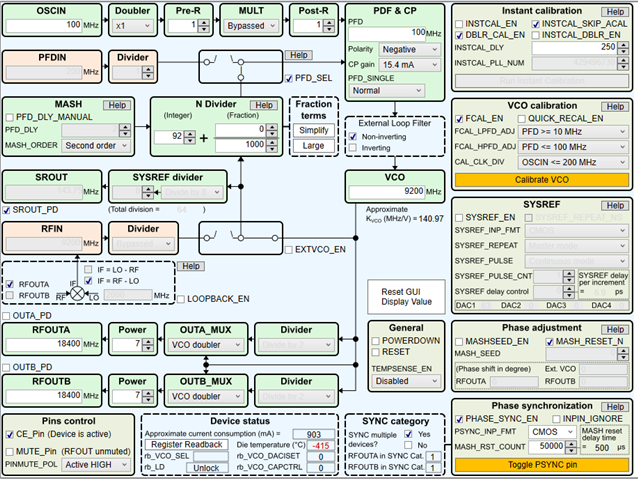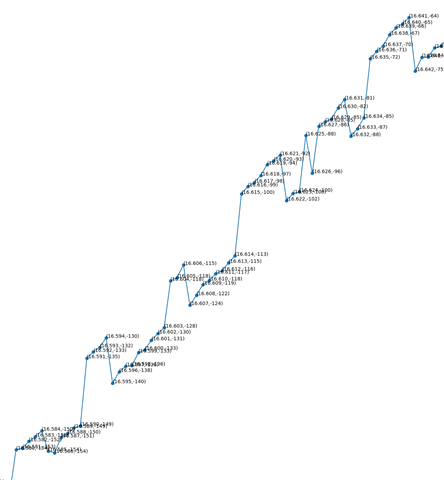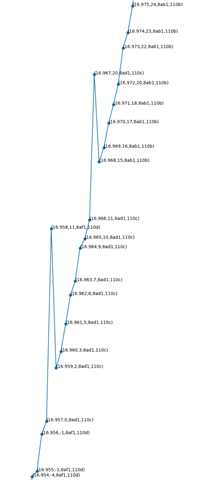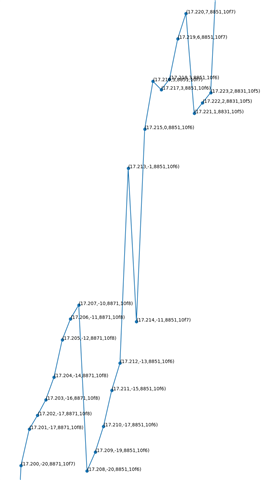Tool/software:
Hi,
I have some problems in phase synchronize multiple LMX2820 devices.I use an external sync signal to synchronize two LMX2820 chips after setting a frequency for each chip. But it seems that synchronization fails at certain frequencies. For example, I repeatedly set two chips output frequency to 16.46GHz, and performed a sync operation after setting completed(chips locked), and i did this process 36 times. Every time I record the phase relationship between the two chips. I found there are maybe 6 times synchronization fails, the output phase relationship between the two chips has changed, for example from a difference of 10 degrees to a difference of 100 degrees. But But the above process works fine at 16.45Ghz frequency output, the phase of the two chips is fixed each time they are reset and synchronized. So I'm very confused about this, it seems that synchronization for two chips works most of the time, but sometimes it fails with special frequency. Can you give me some information to solve this problem? The following is the initial configuration of the chip.








